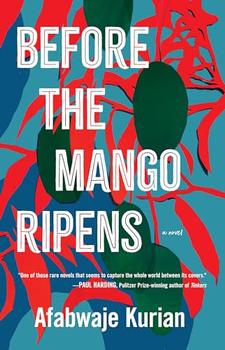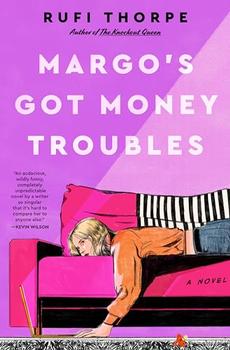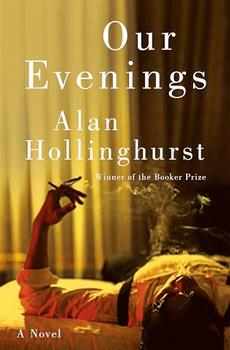Summary | Excerpt | Reviews | Beyond the Book | Read-Alikes | Genres & Themes | Author Bio

Stories
by Carrianne LeungThis article relates to That Time I Loved You
Linked short stories, novels in stories, story cycles – these are terms for collections in which the stories are not all discrete pieces with separate worlds and characters. Instead, characters recur, whether subtly or overtly, and multiple stories have the same setting. What makes linked short stories so enjoyable, and what sets them apart from novels? I started by asking Carrianne Leung, author of That Time I Loved You, why she chose this format. "It's the different gazes that really animate the relationships and sense of place for me," she replied. Many in the online book community agree that linked short stories are an excellent way to explore points of view. "I feel [the form] allows a more expansive view of a community and situation," book blogger Eric Anderson of Lonesome Reader adds.
One title came up over and over in my discussions of linked stories: Elizabeth Strout's Olive Kitteridge. Leung told me it was an inspiration for her, and librarian and book blogger Laila Archer of Big Reading Life hails Strout as "the master of the linked short stories. Seeing how other characters interacted with, thought of, or talked about Olive helped me understand her better." Kitchens of the Great Midwest by J. Ryan Stradal is another example of story-like chapters as windows onto the life of a slippery character – chef Eva Thorvald. Likewise, Lives of Girls and Women by Alice Munro paints a composite picture of Del Jordan through self-contained chapters set at different points in her life.
In addition to providing perspective on a central character, linked stories can extend the possibilities of the plot. An author is "getting at theme and story from more sides than would be ordinarily allowed," Elizabeth Gonzalez James, an associate editor with Bookmarks magazine, states. "Individual stories gain meaning from the stories around them that they wouldn't have on their own," book blogger David Hebblethwaite of David's Book World notes, making them "more than the sum of their parts." Other books use linked stories to reveal characters' connections across the years, as in Archangel by Andrea Barrett and The Shore by Sara Taylor. In such cases "there's a particular thrill to be had from piecing together the bigger picture," book blogger Blair Rose of Learn This Phrase observes.
Publishers in different countries may differ in their decisions about whether a book is called a novel or a collection of short stories. For instance, Julianne Pachico's linked stories set in Colombia, The Lucky Ones, were published as a novel in the USA but as short stories in the UK. Harper Collins Canada put "Linked stories" on the title page of That Time I Loved You, while U.S. publisher Liveright printed "Stories". Ultimately, the marketing decisions behind such labeling are subtle, Leung acknowledged, or even arbitrary. Few books are explicitly labeled as linked stories. Perhaps that has "something to do with maintaining [an] element of surprise in the links," Zoë Turner, publicist for Comma Press, offers. Whatever the rationale for their categorization, linked short stories are a treat for readers.
Other linked short story collections recommended by readers and writers I spoke to include Winesburg, Ohio by Sherwood Anderson, Pond by Claire-Louise Bennett, Where the God of Love Hangs Out by Amy Bloom, Tokyo Cancelled by Rana Dasgupta, A Visit from the Goon Squad by Jennifer Egan, The Informers by Bret Easton Ellis, Jesus' Son by Denis Johnson, Revenge by Yoko Ogawa, Send Me by Patrick Ryan, Blueprints for Building Better Girls by Elissa Schappell, Legend of a Suicide by David Vann, and Sour Heart by Jenny Zhang.
Filed under Reading Lists
![]() This article relates to That Time I Loved You.
It first ran in the March 6, 2019
issue of BookBrowse Recommends.
This article relates to That Time I Loved You.
It first ran in the March 6, 2019
issue of BookBrowse Recommends.




A classic is a book that has never finished saying what it has to say
Click Here to find out who said this, as well as discovering other famous literary quotes!
Your guide toexceptional books
BookBrowse seeks out and recommends the best in contemporary fiction and nonfiction—books that not only engage and entertain but also deepen our understanding of ourselves and the world around us.